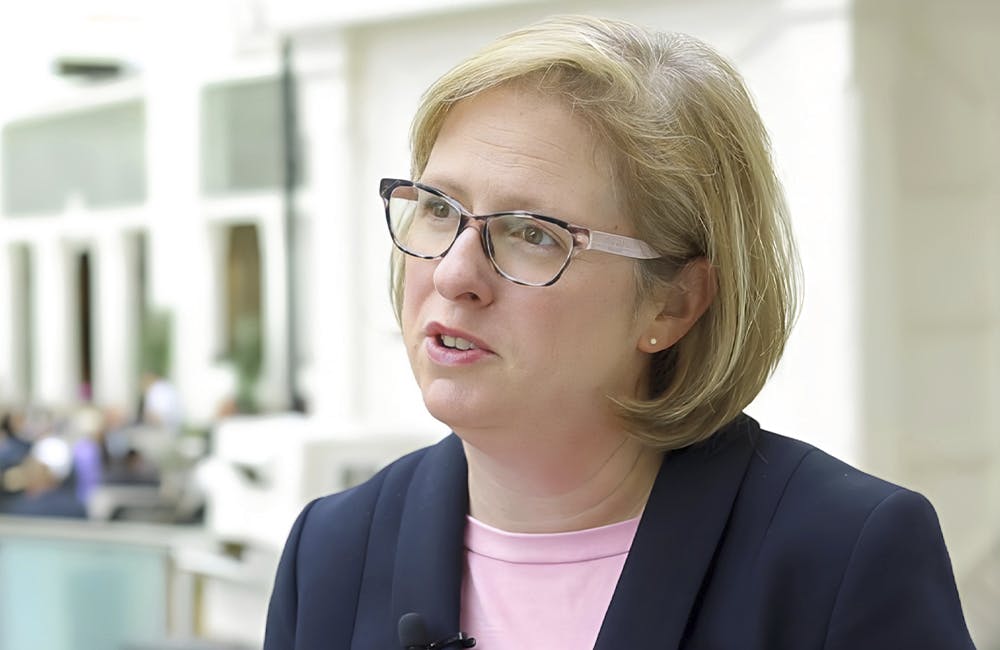Change Management Key to Transforming the Federal Workforce
As federal agencies modernize systems and processes, managing the workforce remains a crucial component to managing change.

As agencies modernize their IT infrastructure to remain competitive in the digital ecosystem, leaders are spearheading change management to ensure their workforce is up to speed.
“One of the goals of change management is aligning people and culture with strategic shifts in organizational direction in order to overcome resistance and increase engagement for an effective transformation,” according to the General Services Administration’s change management model implementation guide.
Change management implements standardized methods and procedures to drive greater efficiency and manage changes to control the IT infrastructure and minimize the impact of any related incidents.
This concept focuses primarily on the people side of change, like creating a new organization, designing new work processes and implementing new technologies. Change management has been widely broken down into four fundamental principles: understand change, plan change, implement change and communicate change.
“To achieve the necessary changes, current federal workers may be reskilled and redeployed across functional lines, across geographic space or both. The desired outcomes may include cost savings, improved service delivery and program outcomes, and improved customer service,” reads the Office of Personnel Management’s Guidance for Change Management in the Federal Workforce.
Change management embodies other terms like “culture change,” “upskilling” and “data literacy” that federal leaders have been prioritizing to help the workforce understand and implement digital transformation.
“This evaluative process also has the potential to fundamentally change the way the agency views staff, skills and the human resources management processes that are required to support its performance objectives,” notes OPM’s guidance.
The Food and Drug Administration is one of many agencies that has adopted a new model to train its workforce to help drive its digital transformation. Earlier this month, Ram Iyer, the agency’s chief data officer, explained a new training model FDA is using to help the workforce implement its Data Modernization Action Plan (DMAP).
To do this, FDA is upskilling its workforce to support its data initiatives and create a data literate culture by using a 70-20-10 approach to training. This method deems that 70% of training will be project-based learning, 20% will be mentoring and 10% will come from classical learning.
“If you just start with lots of training, it’s easy to roll out, but it really doesn’t provide a whole lot of tangible value,” Iyer said. “We’re trying to see if we can reverse that model.”
The Department of Veterans Affairs is also pushing change management as it concludes its strategic review of its electronic health records modernization (EHRM) program that began in March 2021.
As VA compiles its report, McDonough highlighted that change management is going to be a strong focus for the EHR effort, with VA equally prioritizing three key areas: technology, change management and training.
“To make any change stick, it needs to become part of the organization. Culture often determines what gets done, so the vision should be part of daily operations,” according to GSA’s guide. “It also is important that agency leaders continue to support the change … Build an evaluation process to capture what’s working and what needs improving and to keep a record for future efforts.”
This is a carousel with manually rotating slides. Use Next and Previous buttons to navigate or jump to a slide with the slide dots
-

How Agencies are Upskilling the Workforce in AI
Federal officials are putting in place new training and education methods to ensure its overall workforce understands the technology.
3m read -

A Prepared Workforce is Key to Cyber Resiliency
Strong training strategies and emphasizing cyber hygiene basics enhance security practices at federal agencies.
2m read -

Navy Invests in Additive Manufacturing Workforce to Match Pentagon Strategy
DOD issued its Additive Manufacturing Strategy in 2021 to integrate with the private sector and create agile uses of the technology.
5m read -

Defense Officials: Cyber is a Sport That Needs Strong Teammates
Coast Guard, Marine Corps and Navy officials said they are working on new hiring strategies and partnerships amid evolving threats.
5m read








